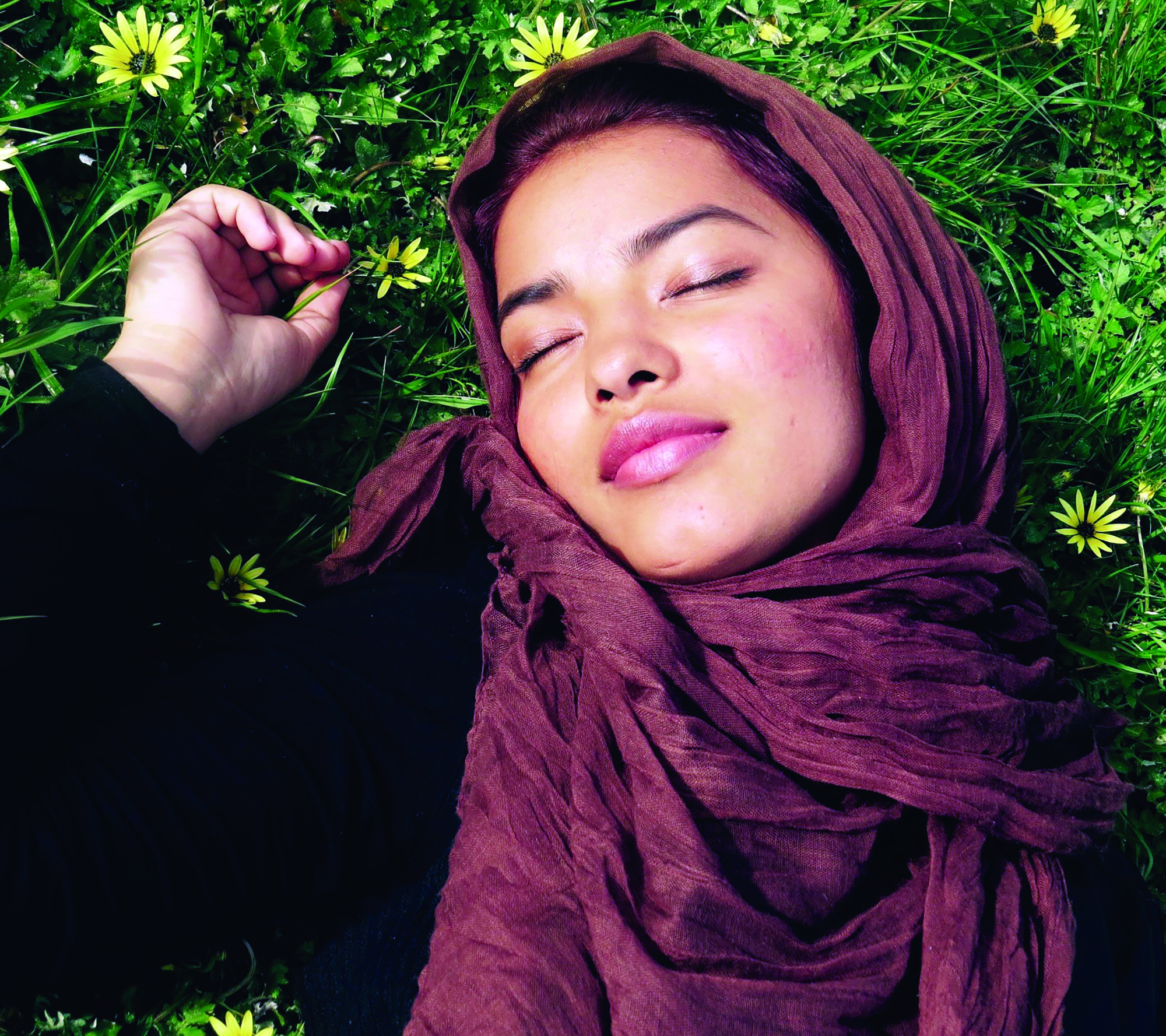No Friend but the Mountains: Writing from Manus Prison[1]Behrouz Boochani, No Friend but the Mountains: Writing from Manus Prison, trans. Omid Tofighian, Picador, Sydney, 2018. must have a fair claim to be the most politically significant book to have been published in Australia in recent history. Its author, Behrouz Boochani, provides readers with an evocative, firsthand account of what it is like to be an asylum seeker in offshore detention. The immediacy and power of this book leave little doubt that it is an essential political read for any Australian – and, in time, the sheer quality of its writing will no doubt also guarantee its ascendance as a vital piece of literature.
Boochani’s book is, however, only one narrative about those seeking asylum in Australia. Equally deserving of being heard are the stories of those who flee their homes to neighbouring countries, those who are never acknowledged as refugees by the United Nations (UN) and, finally, those asylum seekers who, having been recognised as refugees, make what our government considers to be the ‘right’ choice and wait their turn to be granted entry visas – often for years at a time, in ‘interim’ countries like Malaysia. It is this more common but less controversial reality of asylum seeking that is depicted in Robyn Hughan’s Journey Beyond Fear (2018). The documentary states as one of its missions ‘[i]mproving public understanding of, and compassion for refugees, including those who join the so called “queue”, an option which is much tougher than most assume’.[2]‘Aims & Objectives’, in ‘Journey Beyond Fear’, Documentary Australia Foundation website, <http://www.documentaryaustralia.com.au/films/4069/journey-beyond-fear>, accessed 13 November 2018.
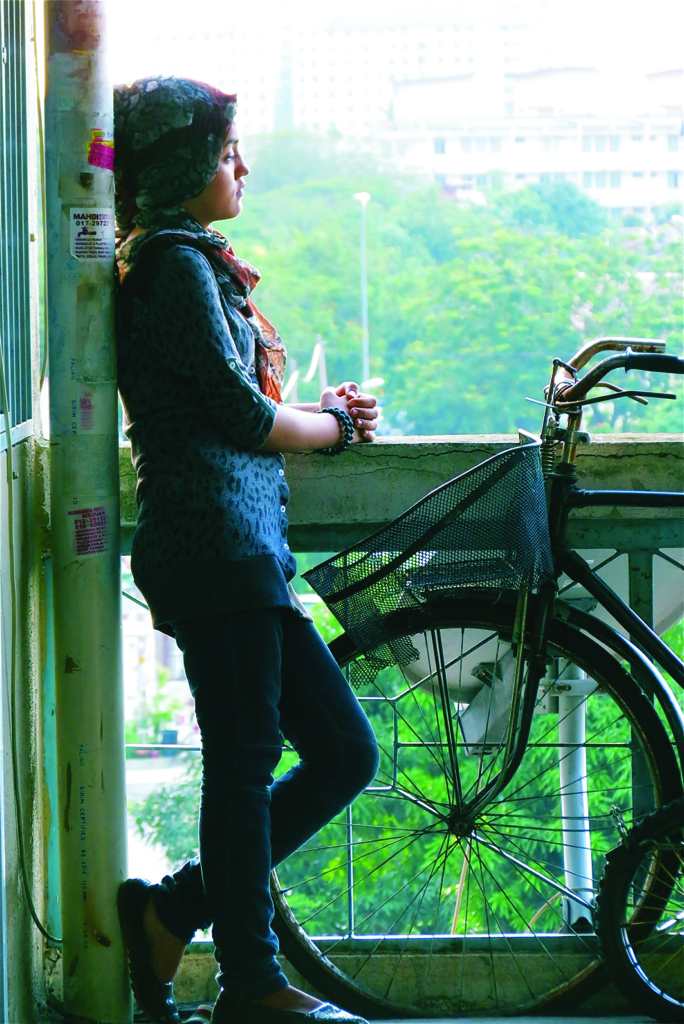
Journey Beyond Fear makes no pretence about its stylistic ambition, looking not much more elaborate than a home video. Still, it is a powerful documentary, because it assumes an intimate observational perspective to convey its subjects’ daily and domestic lives as asylum-seekers-in-limbo. Filmed in instalments over seven years, the film follows an Afghan-Iranian family who have fled Iran because of violence. We learn that married couple Bismilla and Fatima first left Afghanistan after falling in love and eloping. In Iran, they raised three daughters, before ethnic persecution forced them to escape. Their first stop, as with many Muslim refugees, was Malaysia. There, we see them residing in a small, unfurnished Kuala Lumpur apartment, waiting to be registered by the UN so they can apply for a protection visa with the Australian Government.
And it’s there that they remain for the vast majority of the film. Hughan documents the vital stages of their agonising seven years in Malaysia primarily through interviews – particularly with eldest daughter Zahra, who becomes the film’s central figure. It is, for the most part, a curiously unremarkable agony we are beholden to: the family make bread, look for work, go to school, watch YouTube. Yet the experience of waiting gradually grinds them down so much that they struggle to find the will to go on.
What Journey Beyond Fear captures is the hardship faced by a family in processing purgatory. It is the hardship of people whose lives are no longer in great danger, but who instead exist in a state of intermission, between lives, in a no-man’s-land.
What Journey Beyond Fear captures is the hardship faced by a family in processing purgatory. It is the hardship of people whose lives are no longer in great danger, but who instead exist in a state of intermission, between lives, in a no-man’s-land where they are effectively unable to make any progress whatsoever. All they can do is wait (and wait, and wait) until their protection visas are approved. Over the course of the documentary, the children grow up, and their parents become more and more broken down. It is the wait that draws them into despair and depression.
Waiting, as writers such as Albert Camus and Franz Kafka have observed, is, in many ways, a worse form of torture than physical pain. Whereas the experience of physical pain can inspire resistance, the endlessness of a potentially unfruitful process can completely vanquish a person’s spirit. The extent of the family’s despair becomes all too clear when Zahra suddenly attempts suicide. Up until this point, she has shown great determination, thriving at her Malaysian school and working eagerly as a teaching assistant to younger students. She then turns to the retail industry for employment: first at a designer-clothing store, and then in a shopping mall. At just fourteen years of age, she finds herself working up to twelve hours per day at these places but promised less than A$2 an hour. After a while, her father becomes concerned that she has taken on too much; however, given the fact that he himself is regularly out of work, it’s vital for the family that Zahra earn some income.
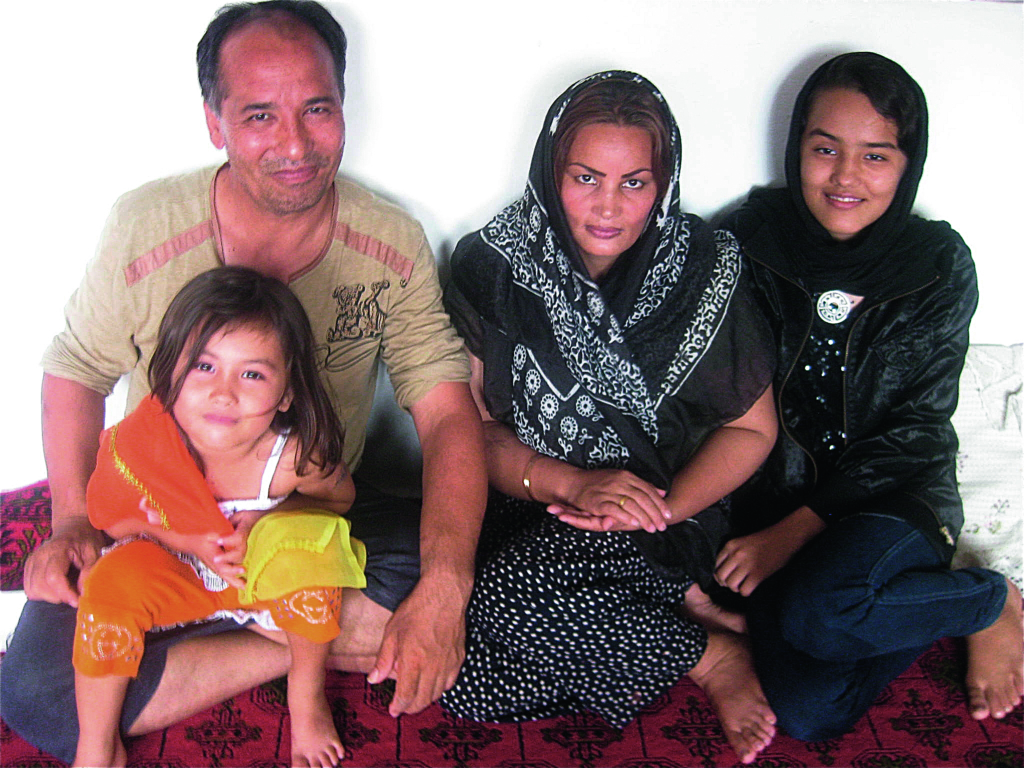
Unfortunately, Zahra does not get paid, nor does she have any legal means to insist that she be compensated for her labour. With the same ever-smiling expression, Zahra explains to the camera that, after working for two months, she has yet to receive a cent. Eventually, her hair starts to fall out because of the stress. She deems herself unfit for retail employment while looking this way, so she decides to ask for her job back at the school, where she can wear her hijab. Finding no opportunities there, either, she plummets into hopelessness and runs to the roof of their apartment; fortunately, her father saves her from jumping.
Through Zahra and her family’s story, Journey Beyond Fear establishes – in a very personal way – the key difficulties that define a refugee-in-limbo’s experience. One of the difficulties clearly documented relates to paid employment, realising another of the film’s stated objectives: ‘to raise awareness of the exploitation of refugees in the workplace in countries [where] they are awaiting re-settlement’.[3]ibid. Both optimists by temperament, Zahra and Bismilla take on the challenge of finding work in Kuala Lumpur with a positive outlook. They rightfully hold the belief that effort and hard work should lead somewhere, to some form of security for their family. Unfortunately, they do not. They so often land back at the bottom, like in a game of Snakes and Ladders (only, here, there are no ladders, as they have no legal rights). For some viewers, upon hearing the family’s grievances poured out to the camera, the question might arise: Why don’t they change their situation? The answer is: they cannot. That is an integral aspect of life as an asylum seeker. The liberty to independently modify one’s circumstances does not exist.
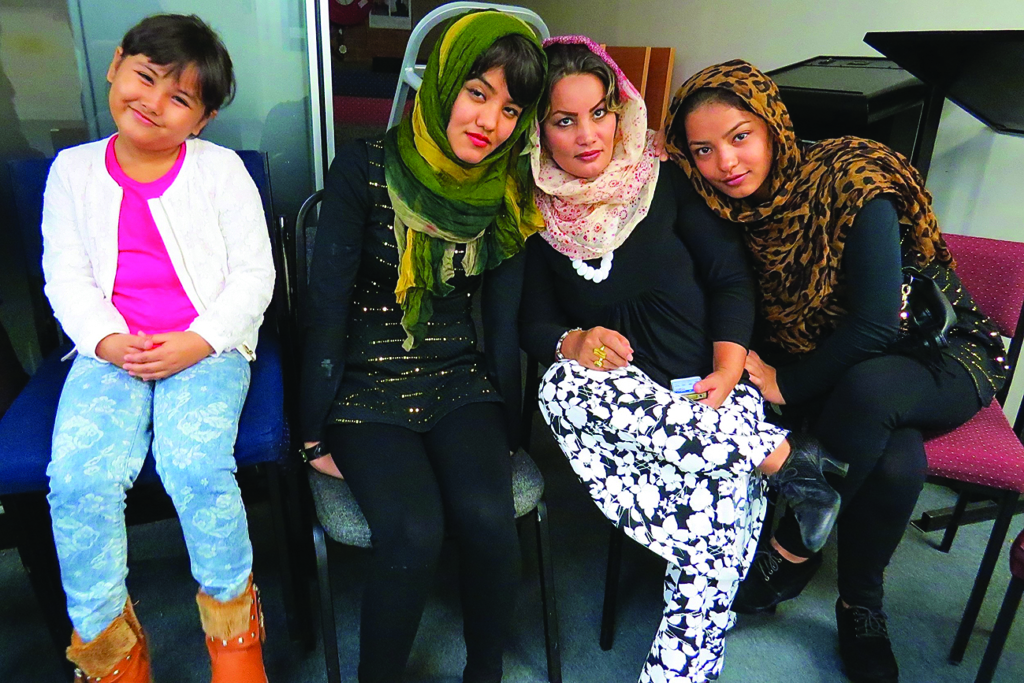
It is this very lack of options that leads so many asylum seekers to board flimsy boats and take their chances with a hostile sea and hostile governments. Journey Beyond Fear offers Australian audiences a deep understanding of this troubling – but, to these individuals, compelling – choice. Faced with an endless wait in Malaysia or Indonesia, some of those seeking asylum regard risking their lives to reach freedom in Australia as the more preferable option. Bismilla himself openly tells the camera that he has seriously considered it. He all but boarded a boat – and would have, had he been alone – but his protectiveness towards his family convinced him out of it. Other families have decided the gamble was worth it, though. Indeed, we learn that the family who shared the apartment with Bismilla and Fatima took their chances, and all of them drowned.
What must ‘Australia’ be in the imaginations of people who risk so much to get here? How much must its promise of a better life increase as the years of waiting slowly pass? The utopian tone with which the family describe Australia is striking; for them, the country is unambiguously synonymous with freedom. ‘Freedom’ is spoken of, not as some ‘you do your thing and I’ll do mine’ social contract, but as a tangible reality made apparent by its absence – it signifies empowerment, legally belonging to a place where one can determine one’s own fate.
Journey Beyond Fear is vital because it puts forward direct, personal testimony that cannot be rejected by appeals to ideology or politics. One cannot watch Hughan’s film and remain shut off from the recognition that these are ‘normal people’ with personalities and dreams and desires.
Given the current political climate in Australia, it is easy to feel cynical about such high hopes. But such cynicism would be sorely mistaken. When the family’s protection visas finally come and they legally enter Australia, we witness something very special. Of course, there is the sheer relief. There is the simple joy of Zahra feeling sand between her toes at St Kilda Beach. But, more than these, there is the realisation that our nation will inevitably benefit from welcoming these refugees. Anyone determined enough to flee war or persecution and journey across the world to re-establish themselves in a new land must have stocks of resolve and fearlessness that will undoubtedly make them a productive member of society. Australia’s own history of colonisation and immigration is based on this idea, yet somehow, in recent years, the distinction between settler-migrants and asylum seekers has acquired greater political weight.
Much like No Friend but the Mountains, Journey Beyond Fear is vital because it puts forward direct, personal testimony that cannot be rejected by appeals to ideology or politics. One cannot watch Hughan’s film and remain shut off from the recognition that these are – as we like to say – ‘normal people’ with personalities and dreams and desires. Bismilla is lighthearted; Fatima, moody; and Zahra, incredibly devoted. They are all intelligent and, in their own ways, educated (Zahra is remarkably bright). They have fled the region of the world perhaps most synonymous with Islamic fundamentalism, yet not once is there a reference to Allah, and rarely do we even see Fatima wearing a hijab. What we do see is Zahra at work. We see Bismilla risking his life as a courier on Kuala Lumpur streets to put food on the table. We see the girls sing along to X Factor videos on YouTube. And most certainly, at the conclusion of the film, we see a family completely overjoyed to have arrived safely in Australia.
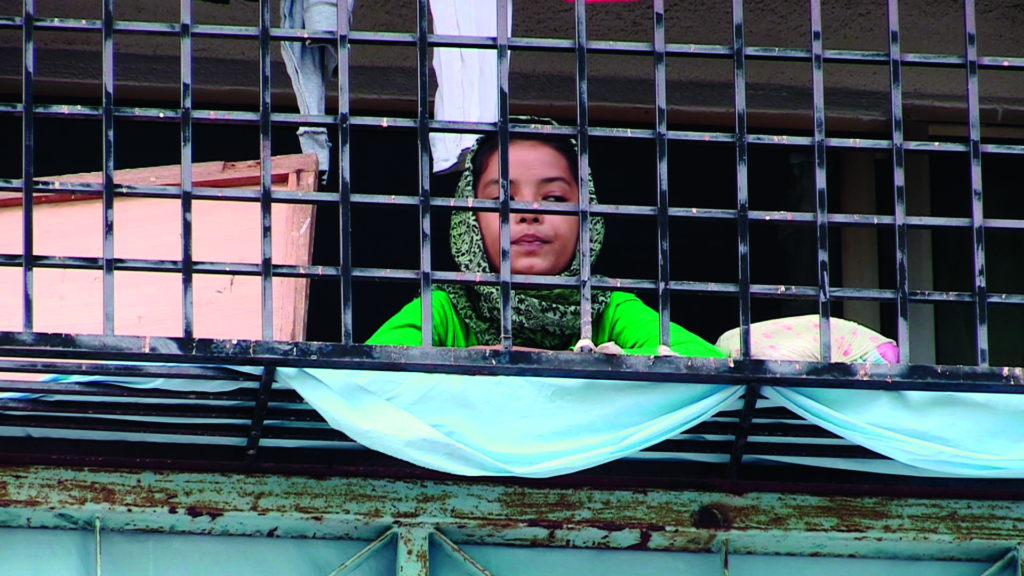
It is estimated that less than 1 per cent of refugees worldwide are ever resettled by the UN and, in Australia, only one third of those accepted through our Refugee and Humanitarian Program are referred by the UN’s high commissioner on human rights.[4]‘Less than One Third of Refugees in Australia’s Humanitarian Program Are Resettled from UNHCR’, Refugee Council of Australia website, 14 July 2017, <https://www.refugeecouncil.org.au/latest/less-one-third-refugees-australias-humanitarian-program-resettled-unhcr/>, accessed 7 November 2018. In other words, more people are resettled as refugees in Australia who are not recognised by the UN than those who have been registered as refugees. It’s bureaucracy of this sort that conceals an enormous problem.Countless people, like Zahra’s family, remain in limbo while official processes are legalising their right to asylum. They are respecting protocol. Yet, when it comes to actual intake, there is little to be found in the way of consistency. Put simply, neither the UN nor First World governments are pulling their weight in addressing the international refugee crisis. The drastic response Australia has taken to deter boat arrivals[5]See ‘Factbox: Operation Sovereign Borders’, SBS News, 19 September 2013, <https://www.sbs.com.au/news/factbox-operation-sovereign-borders>, accessed 12 November 2018. is not the policy of a country seeking solutions; it is the response of a government that refuses to deal with the problem.
Now settled in Melbourne, Bismilla and Fatima are co-managing a bakery-restaurant. Zahra is studying nursing, having received a biomedical scholarship. Her middle sister, Zeinab, is enrolled in a business course, and her youngest sister, Sakina, is captain of arts at her school. Indeed, these refugees have already shown that they are contributing positively to our society. And Journey Beyond Fear has depicted, in a disarmingly effective way, their frustrations and pain, though never does it step outside its immediate focus on its central family to make claims about all asylum seekers. Through their story, we are offered genuine insights into the experiences of refugees and asylum seekers, and are inspired to seek out the reality – the humanity – behind statistical and bureaucratic language.
https://www.journeybeyondfear.com
Endnotes
| 1 | Behrouz Boochani, No Friend but the Mountains: Writing from Manus Prison, trans. Omid Tofighian, Picador, Sydney, 2018. |
|---|---|
| 2 | ‘Aims & Objectives’, in ‘Journey Beyond Fear’, Documentary Australia Foundation website, <http://www.documentaryaustralia.com.au/films/4069/journey-beyond-fear>, accessed 13 November 2018. |
| 3 | ibid. |
| 4 | ‘Less than One Third of Refugees in Australia’s Humanitarian Program Are Resettled from UNHCR’, Refugee Council of Australia website, 14 July 2017, <https://www.refugeecouncil.org.au/latest/less-one-third-refugees-australias-humanitarian-program-resettled-unhcr/>, accessed 7 November 2018. |
| 5 | See ‘Factbox: Operation Sovereign Borders’, SBS News, 19 September 2013, <https://www.sbs.com.au/news/factbox-operation-sovereign-borders>, accessed 12 November 2018. |
